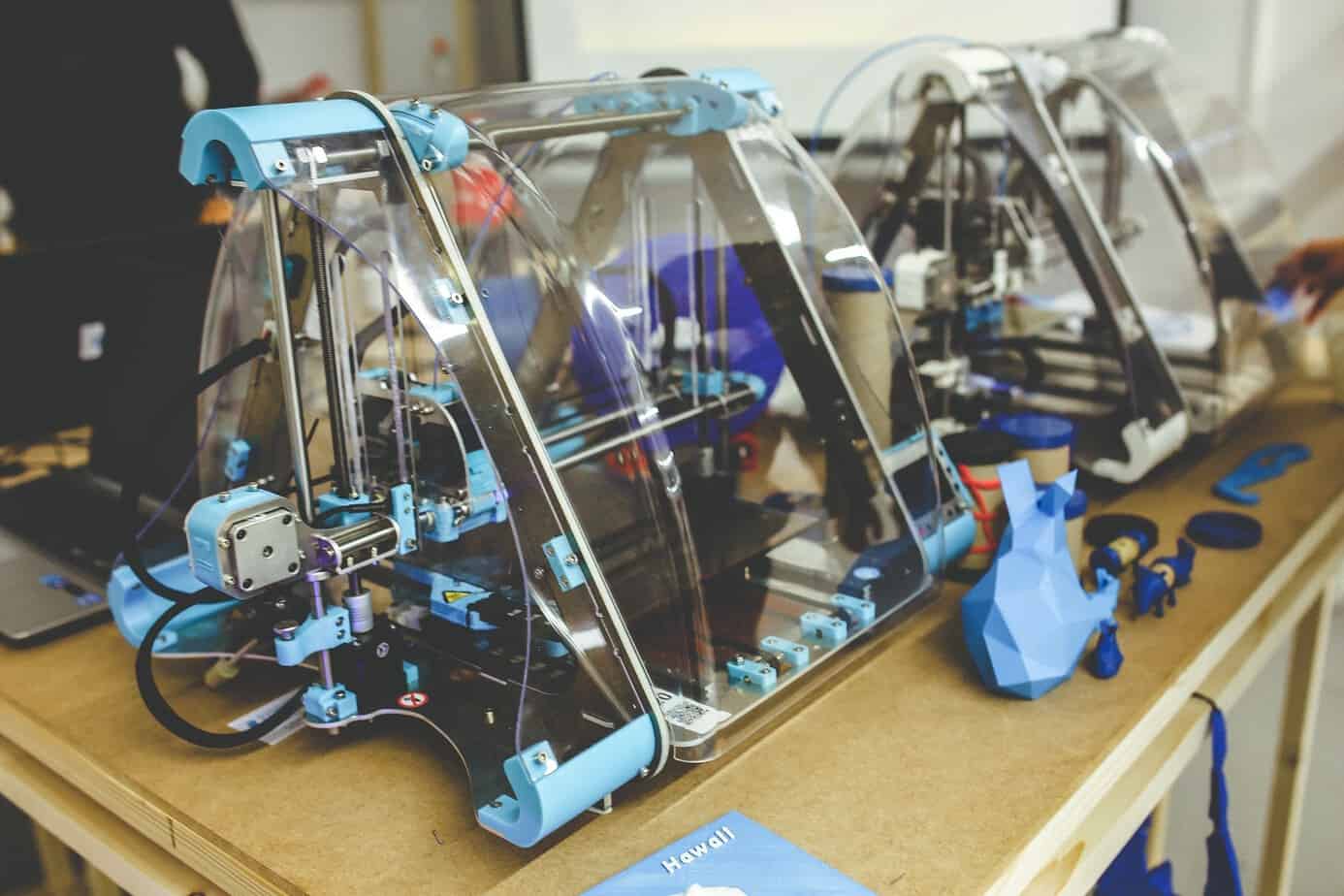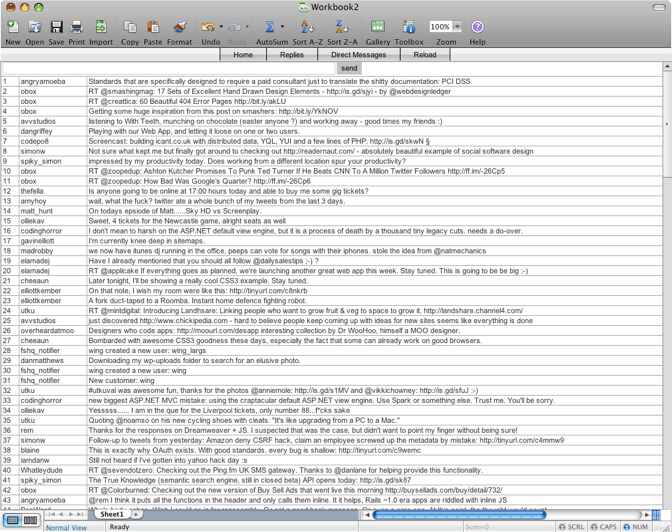SQL Server 2017 is Microsoft’s latest version of their relational database management system. It contains a vast number of features and improvements that make the product ideal for businesses of any size, including cross-platform compatibility, performance upgrades, and increased security. One of the main factors that makes Microsoft SQL Server 2017 a great choice is how the licensing is tied to editions and can scale as the needs and budget of a company evolve. Furthermore, this latest release embraces the open source platform and is compatible with the Linux Operating System, expanding the reach of the database server by making it available to those using RedHat, SuSE, or Ubuntu distributions of Linux.
Review of free editions
Although many people think that SQL Server is expensive, the price depends greatly on which features you want. Therefore, businesses should analyze their specific database needs and match them up against the features and capabilities of each edition of the database server. For example, the Developer, Web, and Express versions of the software are free. Therefore, if the business is small and only requires an entry-level database for desktop or small-scale server applications, then SQL Server Express is a great choice. This edition does limit users to a maximum of four cores and a maximum buffer pool size of 1410 megabytes per instance. Additionally, the maximum size of the database is 10 gigabytes. However, as the business grows, and the requirements change, the Express version can be scaled to use any of the higher-end editions without any hassle.
The Web edition provides users with a cost-effective and scalable platform for websites with a low total cost of ownership for web hosting. This edition works well for both small- and large-scale web properties. The Developer version gives programmers a way to use a full-featured version to develop and test applications that use the database server. This version does not have a functionality limitation and shares many characteristics with the Enterprise edition, including supporting an unlimited number of cores, running on the maximum amount of memory set forth by the operating system, and a maximum database size of 524 petabytes. The major limitation imposed by this license is that the Developer edition does not support virtualization and cannot be used in a production environment.
Paid editions
The Microsoft SQL Server 2017 Standard Edition is licensed in two different ways. This version is per core sold as a pack of two, ideal for data management and business intelligence functionality with minimal resources. The estimated retail price for this version is $3,717 per core. Microsoft also offers a server license and additional Client Access Licenses (CAL) that each user or device will require to access the server. The price for this style is $931. The Standard Version is limited to 24 cores and has a maximum memory buffer pool size of 128 GB.
The Enterprise Version of the product is the most featured and robust, ideal for high-end datacenters that require speed, end-to-end business intelligence, and high availability for mission-critical operations. Most of the limitations to this version are based on the limits imposed by the hardware or the operating system maximums. Furthermore, the server can be used for an unlimited number of virtualizations. The open no-level estimated retail price for this license is $14,256. Businesses and users interested in this version or any other sql server licensing can look for authorized resellers that have access to better pricing levels and offer more affordable packages.






